What comes to mind when you think of luxury fabrics? Does the phrase transport you to the front row of Paris Fashion Week? Do you find yourself yearning for clothing so deliciously soft and smooth that you never want to take them off? Or perhaps, you’re curious about what makes these fabrics so highly coveted. Wherever your mind takes you, we’ve got you covered. This in-depth guide gives you the 411 on luxury fabrics. We’ll share why they’re worth the cost, and the top-tier deluxe textiles you’ll want to add to your wardrobe.
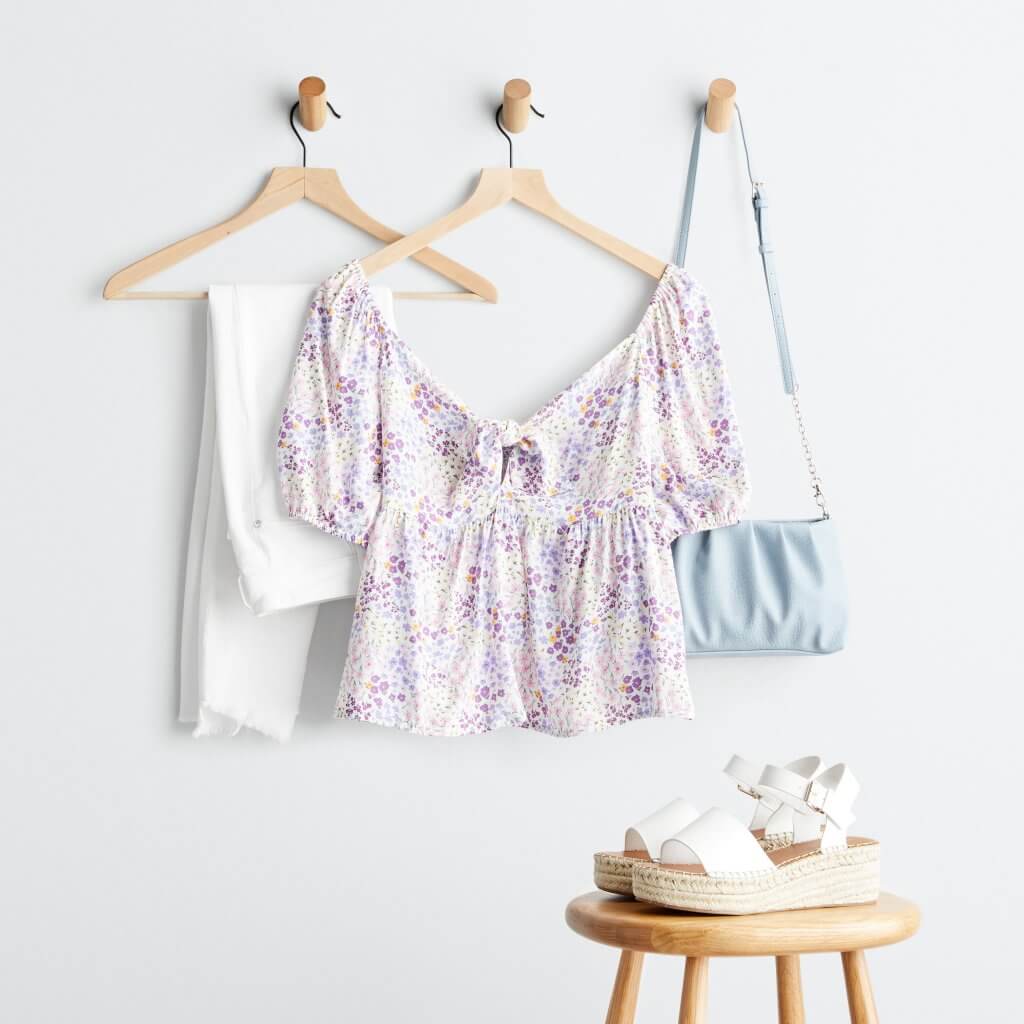
What are Luxury Fabrics?
Luxury fabrics are made from fabrics of the finest and highest quality. Silk, cashmere, Pima cotton and leather are first-rate fabrics that designers reach for to create elegant essentials for every wardrobe. They come from natural fibers or the latest and most innovative materials. These luxury fabrics combine craftsmanship with beauty for a piece that looks as good as it feels. Even better, luxe fabrics last through different seasons of fashion and life. Of course, these high-end qualities come with a higher price tag.
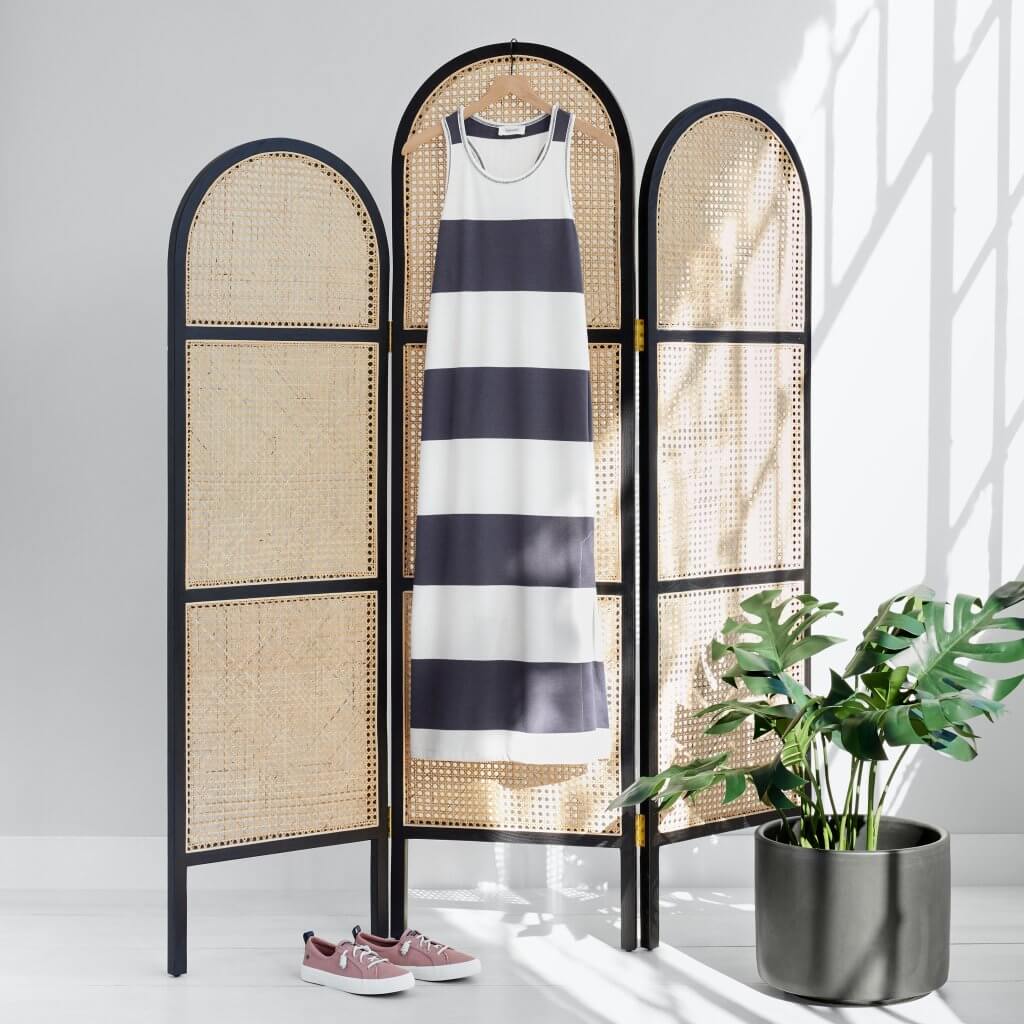
Why do Luxury Fabrics Cost More?
Luxury fabrics cost more because they are often hard to produce and are rare. Are they worth the splurge? Keep scrolling to discover four reasons why these opulent options outbid their non-luxury competitors.
Sourcing
Luxury fabrics either come from natural sources or top-of-the-line high-tech sources. Natural textiles like silk and cashmere are just that: 100% natural, 100% quality. It’s less expensive and easier to produce items that are made of synthetic fibers because they are more readily available. Sourcing fabrics from animals is also costly. Reliable and ethical brands have a higher price point to ensure proper and ethical animal treatment.
On the other hand, high-tech luxury fabrics differ from common synthetics because of the focus on quality, care and innovation. These textiles are the result of years of research to find new answers to old fashion questions, like finding modern alternatives to less sustainable options. They may also include captivating ways to incorporate premium design elements, including exclusive prints or intricate, delicate laser cuts. Straight from the source, luxury fabrics are anything but average.
Production
Just as the sourcing of luxury fabrics is often challenging, so is the production. Turning earthy fibers into luxuriant textiles you love to touch takes enormous amounts of time, labor and energy. Materials like leather or linen call for craftspeople with unique skill sets instead of quick, assembly-line labor. Some luxury materials take longer to refine into the final product. The greater the production cost, the greater the final product cost.
Rarity
You’ll notice a trend with luxury fabrics: rarity. They’re not commonly found and made, adding to their exclusiveness. Whether because of the costliness of production or the difficulty of sourcing the product, demand outweighs the supply. Luxe fabrics typically last longer than alternatives. With that longevity, there is less need to produce high volumes of these fabrics and finished products.
Quality
Ultimately, the premium quality of luxury fabrics is the primary reason why luxury fabrics cost more. Think of it like this—it’s comparable to enjoying a five-star, chef-curated meal versus picking up a drive-thru burger. You might relish both, but the five-star option is better quality, hands down. Unlike low-cost alternatives, a high-end piece of clothing has superior features, such as dreamy softness or hearty durability. These pieces stand up to years of use and feel good every time you put them back on. Have we convinced you?
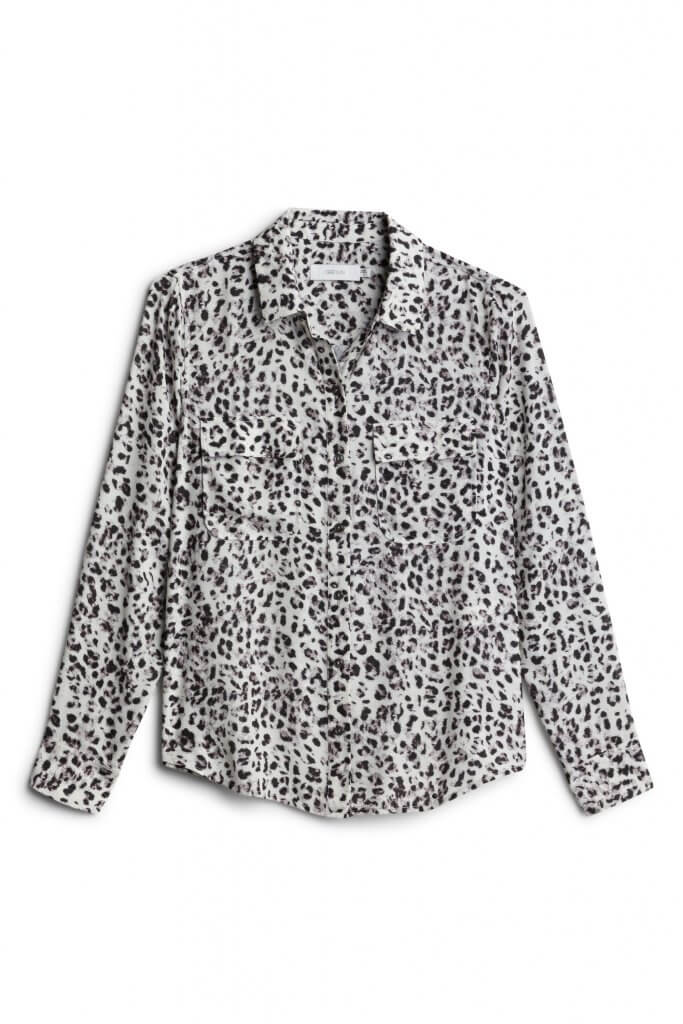
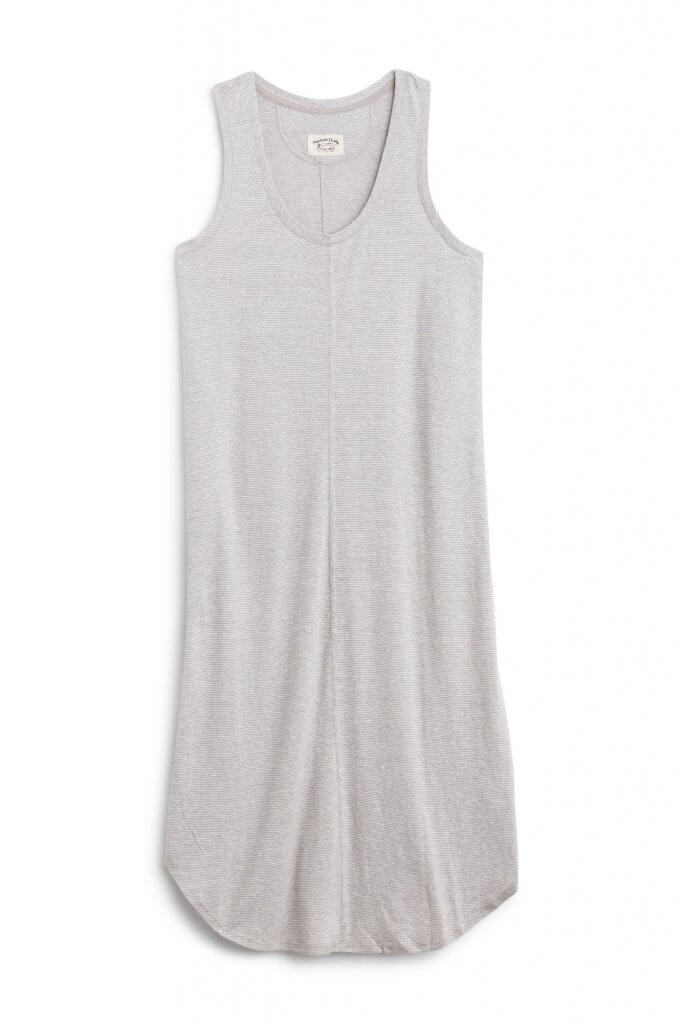
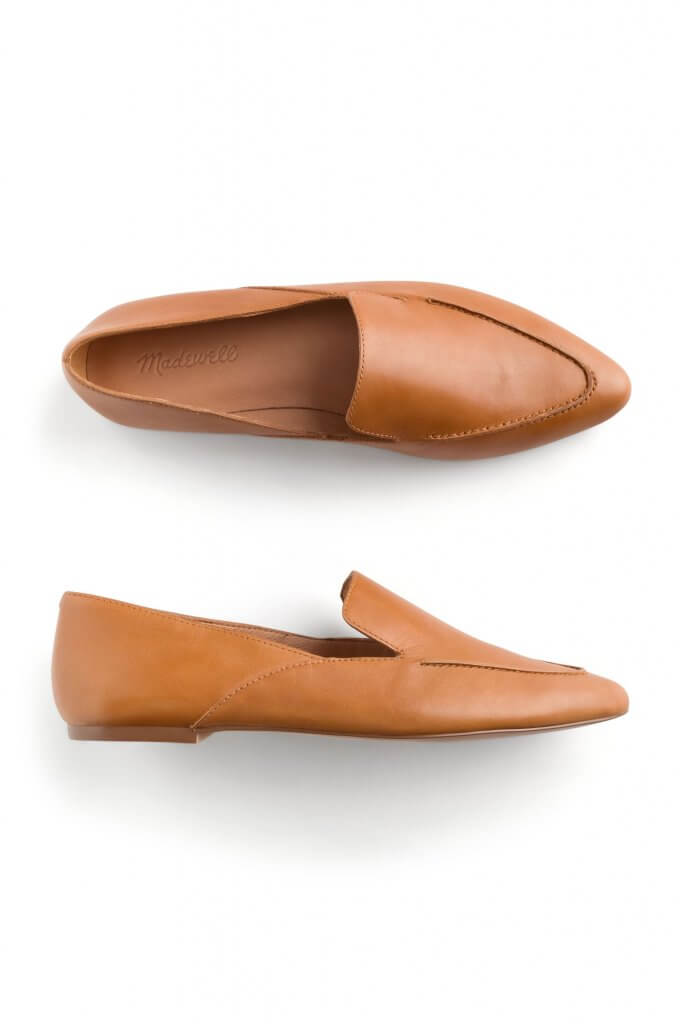
Sustainable Luxury Fabrics
Clothing that feels good on your body and does good for the planet is fashion at its finest. If you’re wondering how to build a sustainable wardrobe, embrace luxury fabrics. Thrifting luxe clothing items is a win-win for your closet and the planet. You can avoid some of the higher price points while still acquiring a high-quality piece. These fabrics also have a longer lifespan, so you won’t miss out on the garment’s best years just because it’s secondhand.
Like many spaces in fashion, luxury fabric industry leaders are finding new, sustainable ways to produce these top-tier textiles. Eco-friendly clothing options include recycled luxury fibers, organic natural fibers and responsible sourcing. Plant-based alternatives are also making a splash on the fashion scene to replace less sustainable, animal-derived textiles.
Top Six Luxury Fabrics
Ready to envelope yourself in the fabulous and decadent world of luxury fabrics? Follow us right this way. Here are six of the most upscale textiles in the world, just waiting for you to explore.
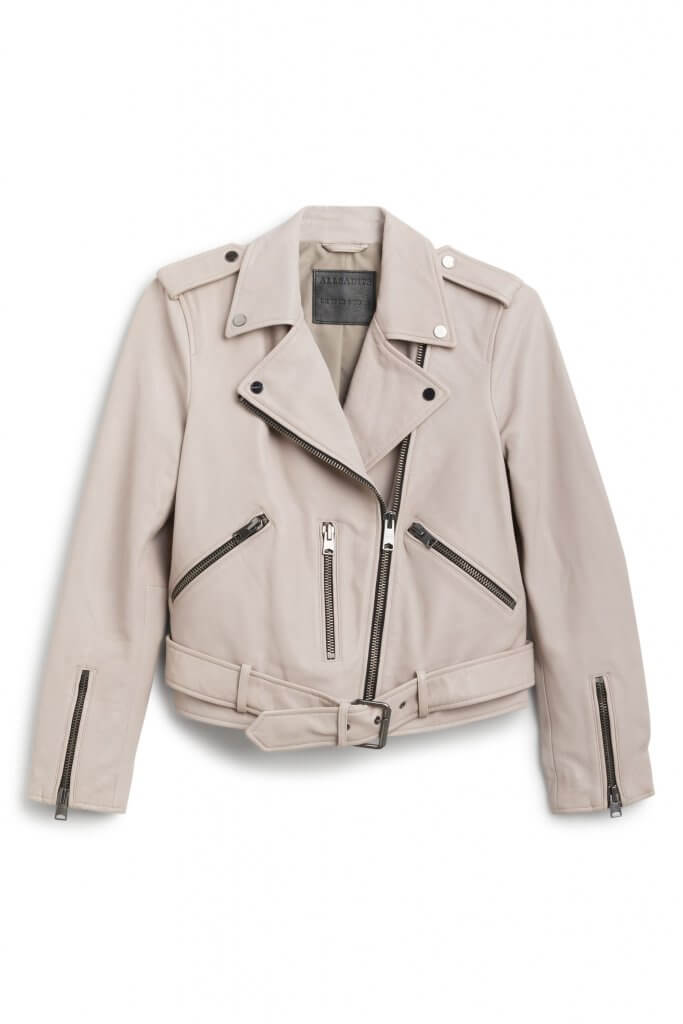
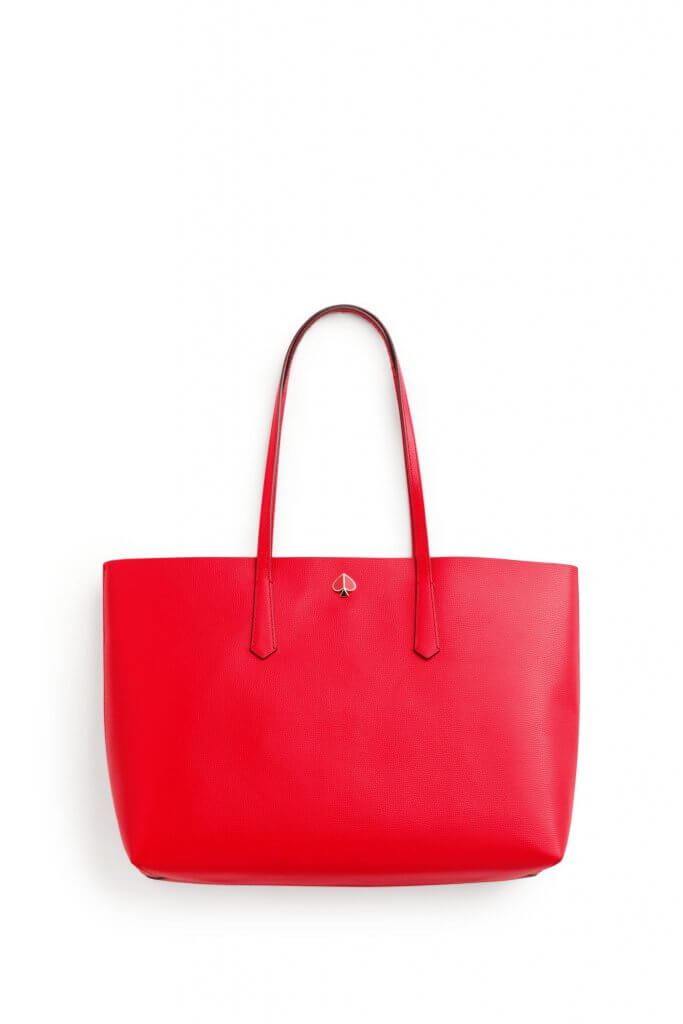
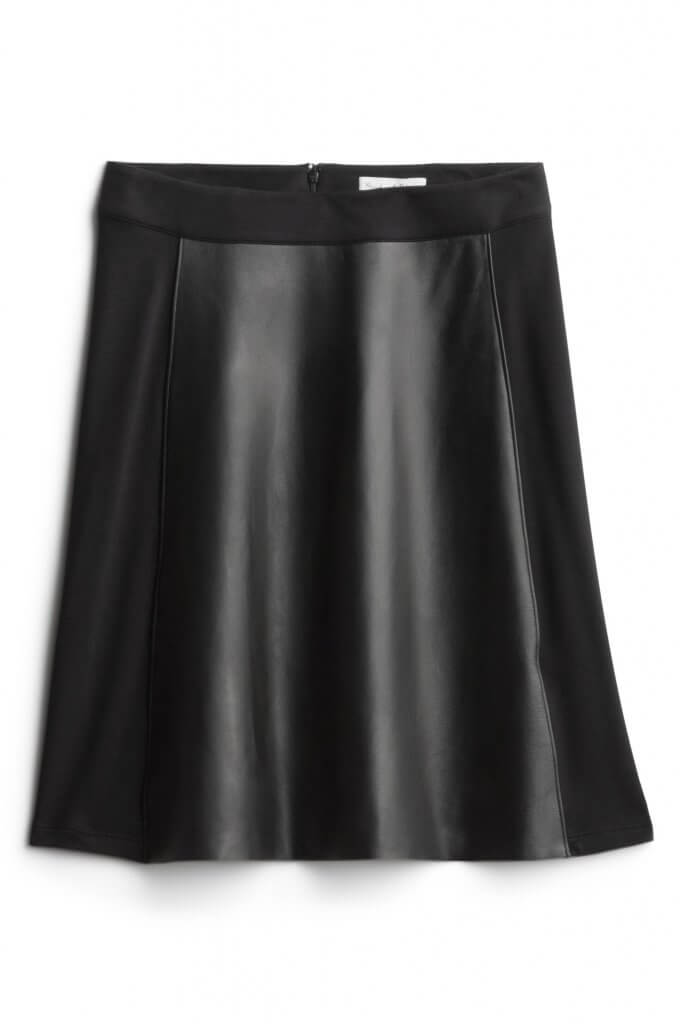
Leather
There’s something special about the unique, vintage effect of a leather jacket. While many luxury fabrics conjure up the image of delicate, feminine elegance, leather proves there’s glamour in toughness. One feature that makes leather the ideal fabric for bags, outerwear and footwear, is its durability. Unlike many materials, it doesn’t fray, holds dye well and a finished layer can stand up to wear and tear for years. Another element adding to leather’s luxe status is the craftsmanship and talent required to create a product from leather. Turning animal hide into usable leather is lengthy and labor-intensive. So is cutting, sewing and molding the material into a finished product. These days, few people have the skills to work with leather and produce a luxury good.
Looking for a vegan, sustainable alternative to leather? Many plant-based options are becoming available on the market. For instance, AppleSkin vegan leather has the same luxurious and durable feel as leather. However, it is made from the leftover cores and peels of harvested apples—talk about appealing! Similarly, Natural Fiber Welding has developed a 100% natural plant-based, petrochemical-free leather alternative known as MIRUM, or Plant Leather.
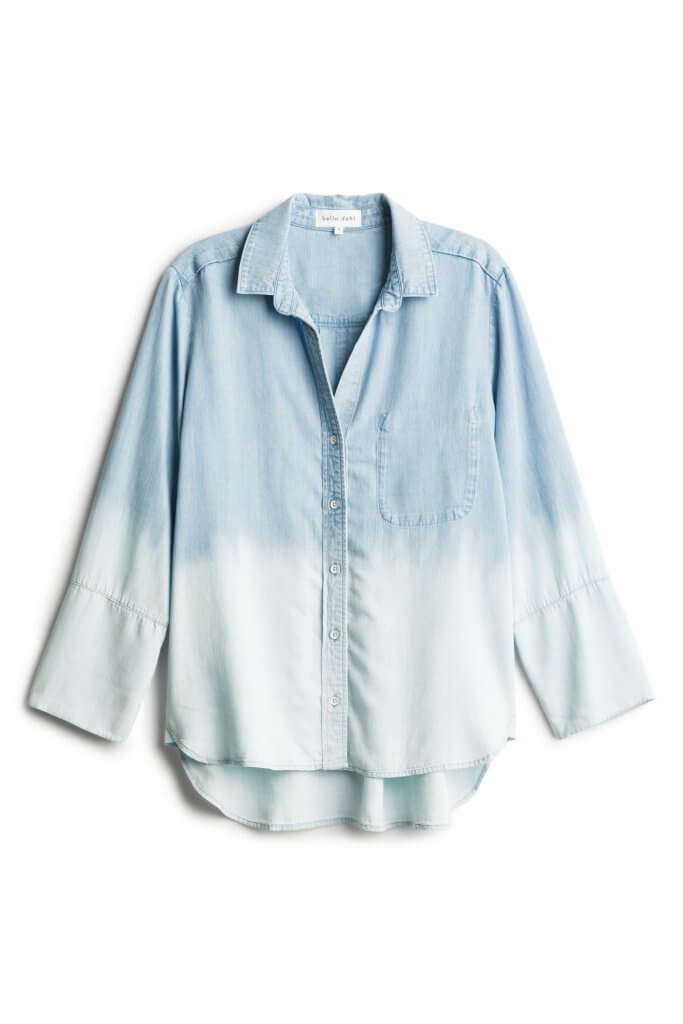
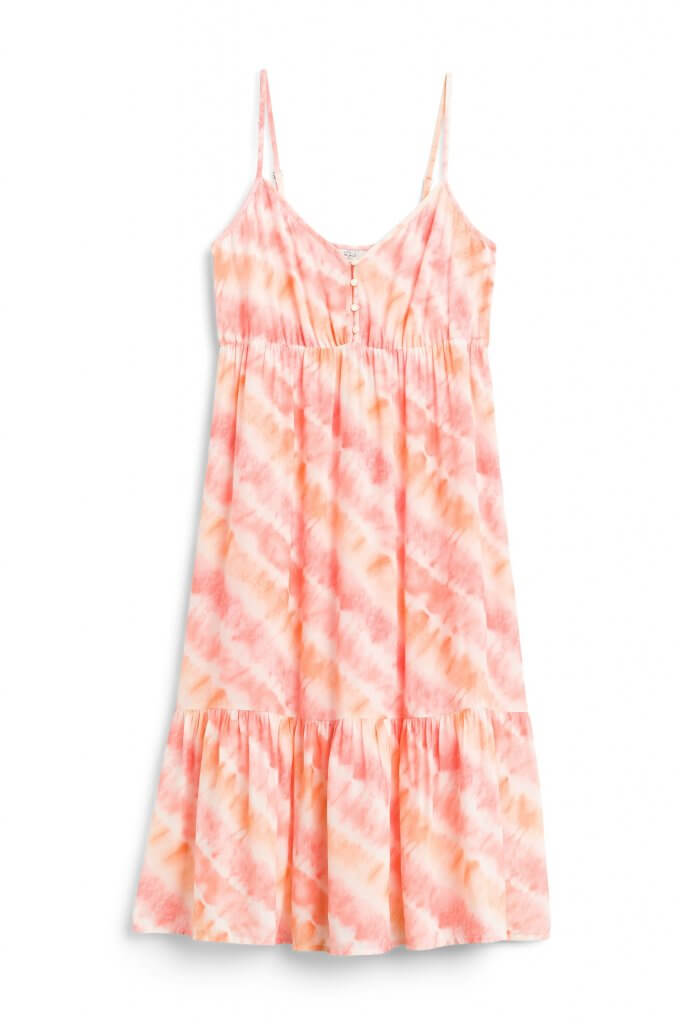
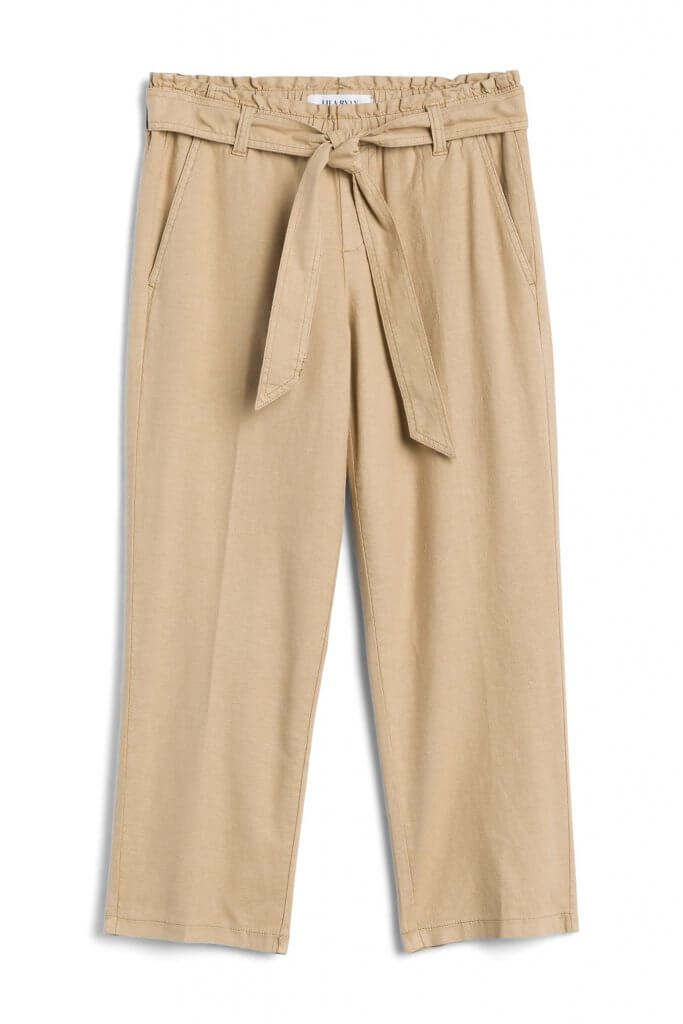
Linen
Get in line for a luxury fabric almost as old as time: linen. Linen is prized for its longevity, breathability and softness. From arid regions of the Middle East to humid climates in the Central Americas, linen is a go-to for survival and style. Invented thousands of years ago in ancient Egypt, linen comes from flax seed stalks. The plant gives it a one-of-a-kind texture as well as a unique strength. Apart from the practical benefits, linen’s luxury ranking also comes down to its production. It takes long periods of storage to soften the fibers for use, and weaving the linen fibers is difficult as well. However, the result is a durable material that softens and feels more wearable with every wash. Think of linen as the fine wine of luxury fabrics: it gets better with age.
On your next summer trip, invest in a natural linen piece or two. Hop on the wide-leg pant trend and don a linen pair to naturally wick away moisture. Linen plus a breezy silhouette? You’ll be living the dream while enjoying a boating adventure over crystal waters or witnessing rare natural beauties on a safari. Is sustainability at the top of your list? Look for brands that use recycled linen or low-water methods to refine the raw flax.
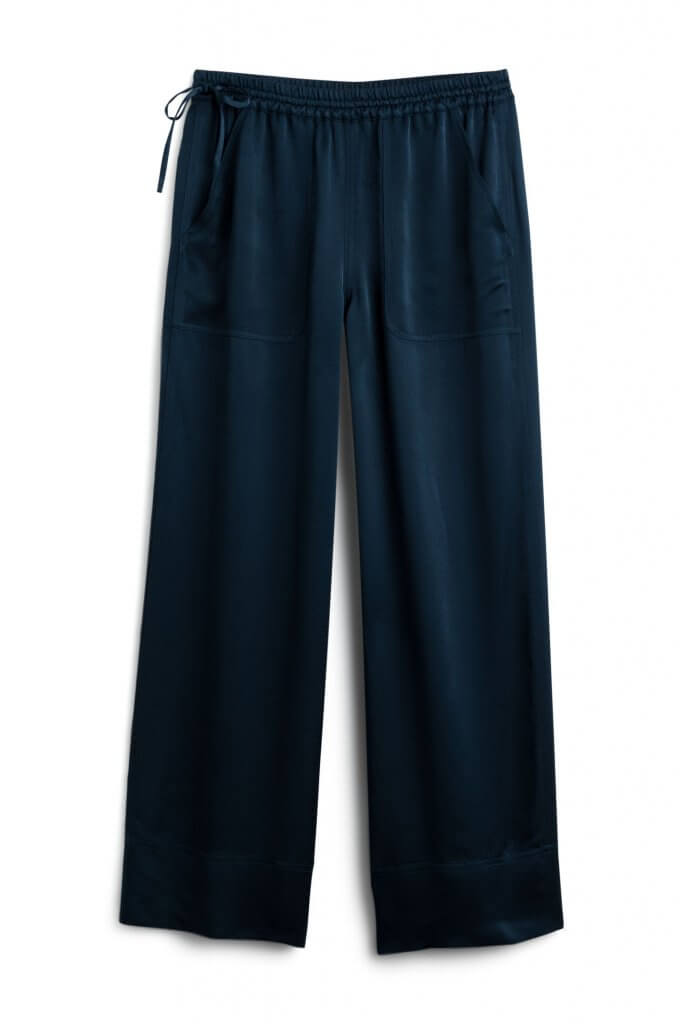
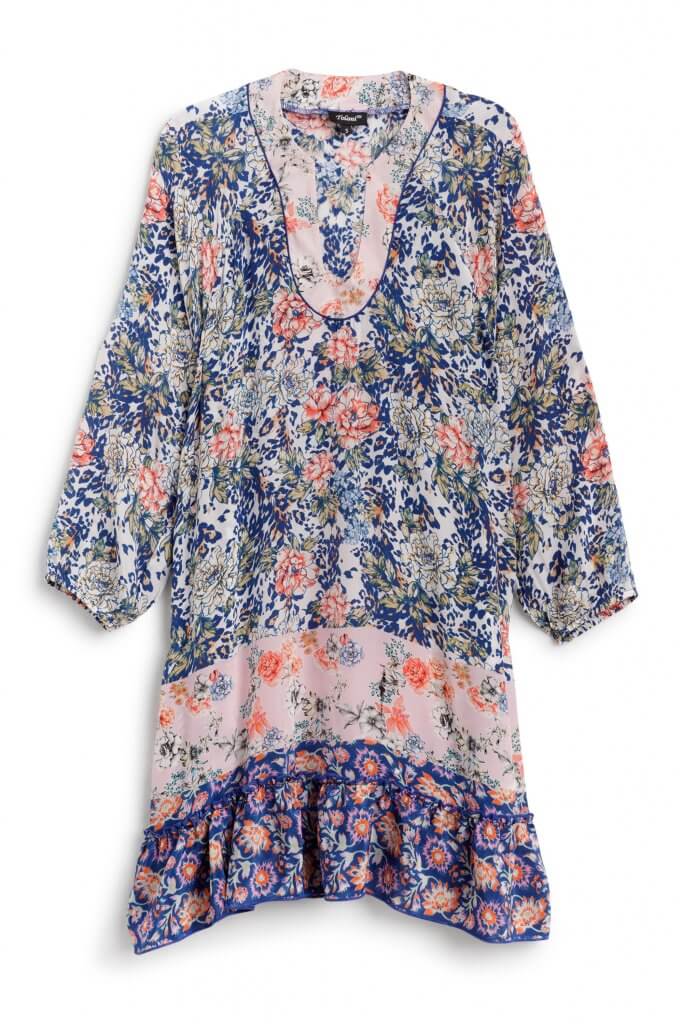
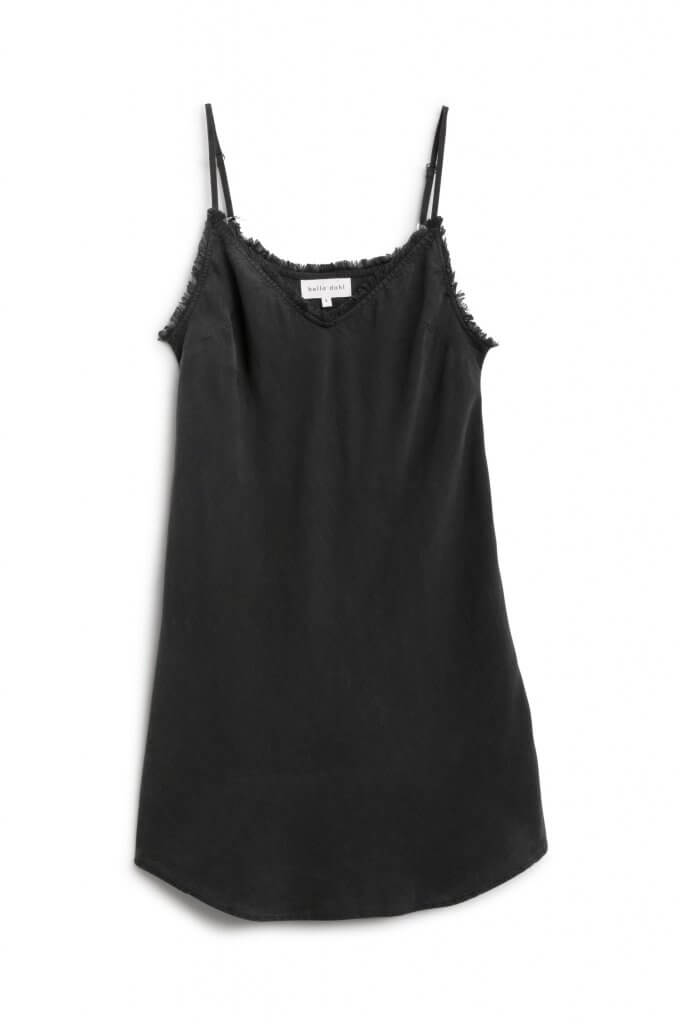
Silk
Oscar de la Renta once said, “Silk does for the body what diamonds do for the hand.” Need we say more about this queen of luxury fabrics? Okay, we don’t need to, but we will. Silk is synonymous with glamour. Favored by royalty and haute couture designers for centuries, silk is the quintessential luxury fabric. Gleaned from the cocoons of silkworms, this fiber has a natural, distinctive shine. It’s soft to the touch and naturally feels cool against the skin in summer, and keeps in warmth in the winter. It’s also used to make other luxury cloths like charmeuse, chiffon and taffeta. But don’t let the glitz and glamour fool you—silk is one of the strongest natural fibers in the world. Looking for cocktail attire for a summer soiree that will last for years to come and never go out of style? Make silk your signature.
“Silk does for the body what diamonds do for the hand.” —Oscar de la Renta
If you love the lavish qualities of silk but prefer sustainable, animal-free products, never fear. Microsilk, a silk derived from human-made spider proteins, sugar and yeast, is a promising new option. It is even softer than silk (if you can imagine) and more durable than wool. It also has all the same temperature-control features as the original. It’s already caught the eye of quality brand Patagonia and renowned luxury designer Stella McCartney.
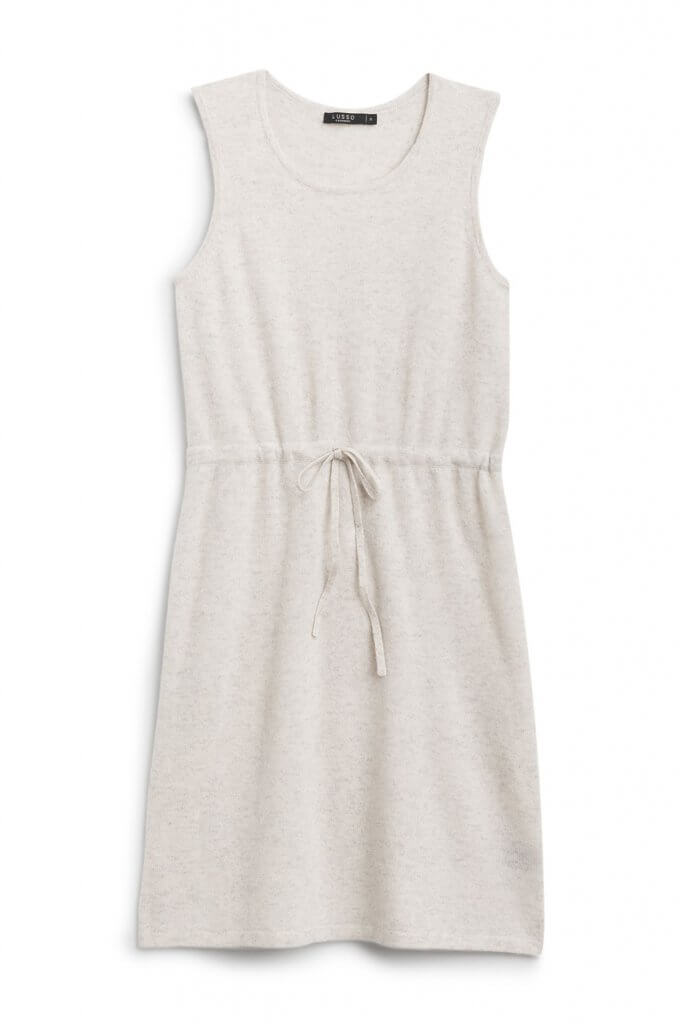
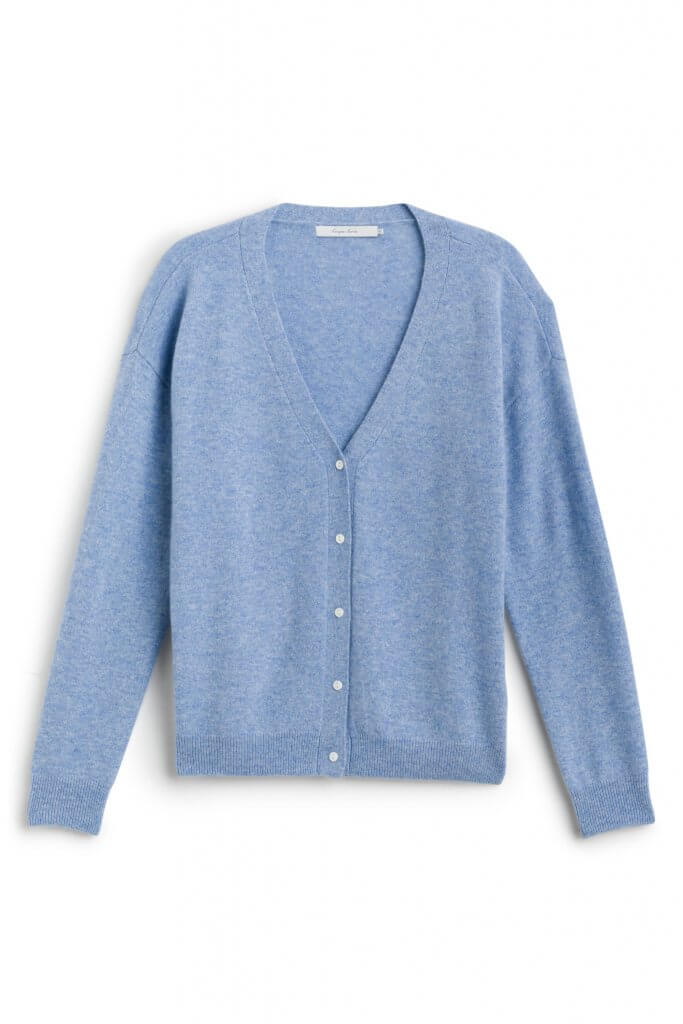
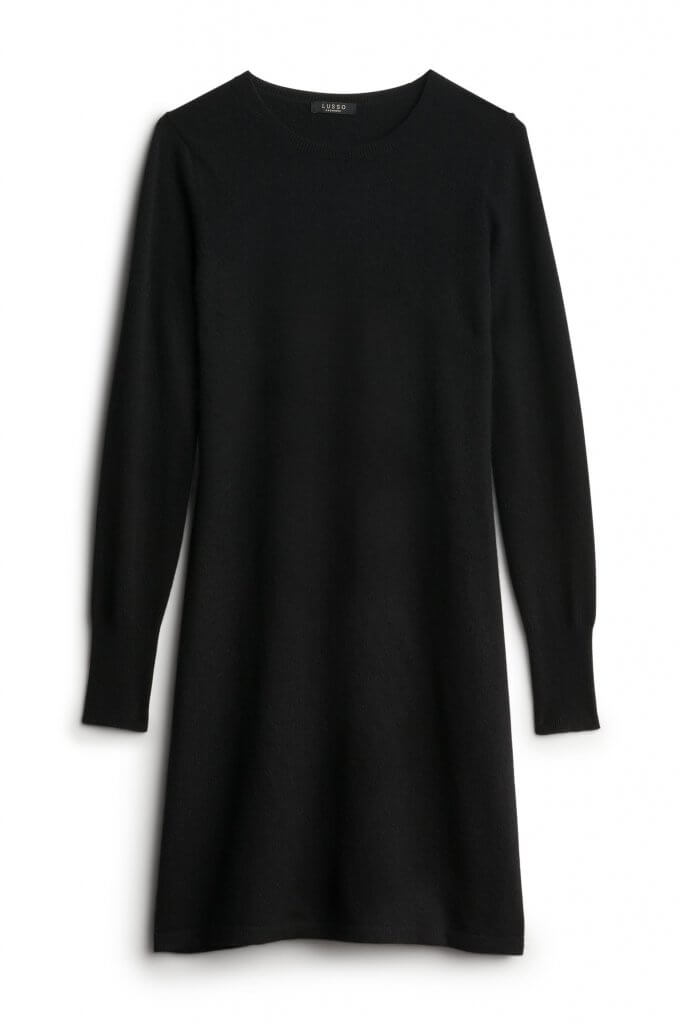
Cashmere
You didn’t think we’d forget about the cozy classic of luxury fabrics, did you? Just hearing the word cashmere probably had you longing to cuddle up in its incredibly soft and warm arms. Have you ever wondered why cashmere feels different from your average wool? It all has to do with where it comes from—goats. Cashmere goats have two layers of fur. One is a wiry outer layer and the other is a super plush and delicate undercoat. That second layer is not only soft but super lightweight and airy to keep the goats insulated and dry. This is why you feel less likely to sweat in a cashmere layer versus a conventional wool sweater. Cashmere is also wrinkle-resistant, giving you a polished look 24/7.
In recent years, sustainable clothing brands have entered the cashmere kingdom. These brands source cashmere without harming the goats. Instead of shearing, they comb out cashmere strands and provide timely veterinary care. Some of these brands, like Nadaam, also support and invest in the local Mongolian herder communities that harvest the cashmere. With sustainable cashmere, you can warm your heart and your body.
Vicuña Wool
Are you on the hunt for the crown jewel of luxury fabrics? Bow down to vicuña wool. With a kilogram of this Andean animal’s wool costing anywhere from $399 to $600, it’s the most expensive fabric in the world. It is highly insulating, softer and finer than cashmere and 10% lighter. The fibers are incredibly lightweight and air-filled because the vicuña hair has microscopic scales. These scales allow the threads to interlock and trap in heat easily. We know what you’re really wondering, though. What is a vicuña?
The vicuña is a close relative of the alpaca. They live in the Andean region of South America—chiefly, Peru. Sacred to Incan culture, these majestic creatures are government protected as they only recently escaped near extinction. A benefit of vicuña wool, apart from its extraordinarily upscale properties, is that animals are not harmed in the wool harvesting process. The animals are only combed for wool once every four years, adding to the fabric’s rarity. These factors, plus the unparalleled qualities of the fiber and the labor-intensive process of weaving the wool, make vicuña wool the world’s top luxury fabric.
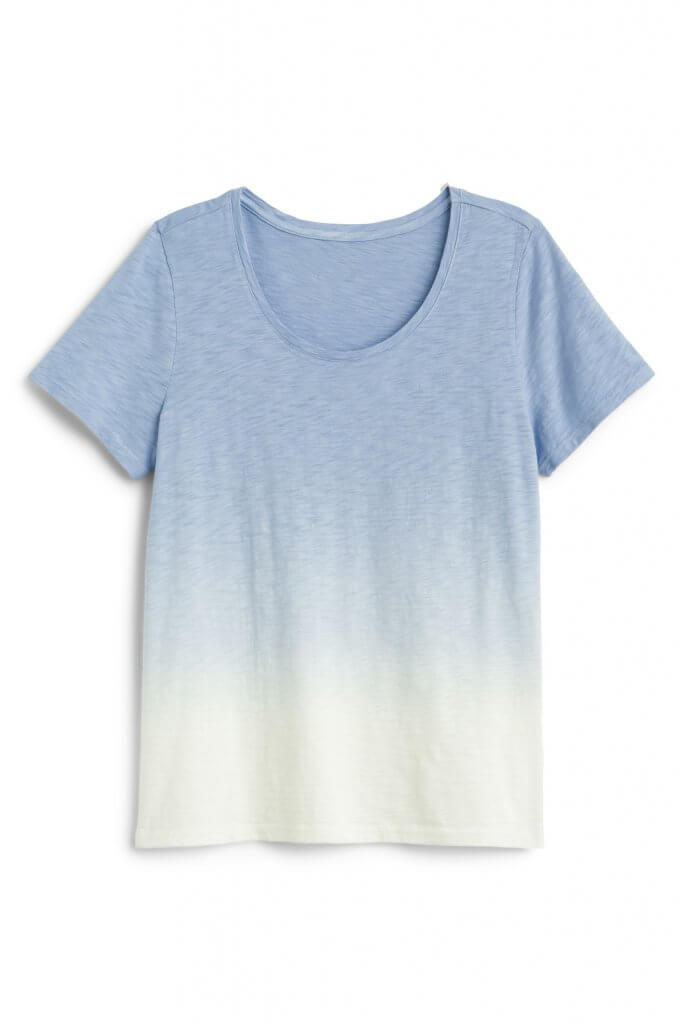
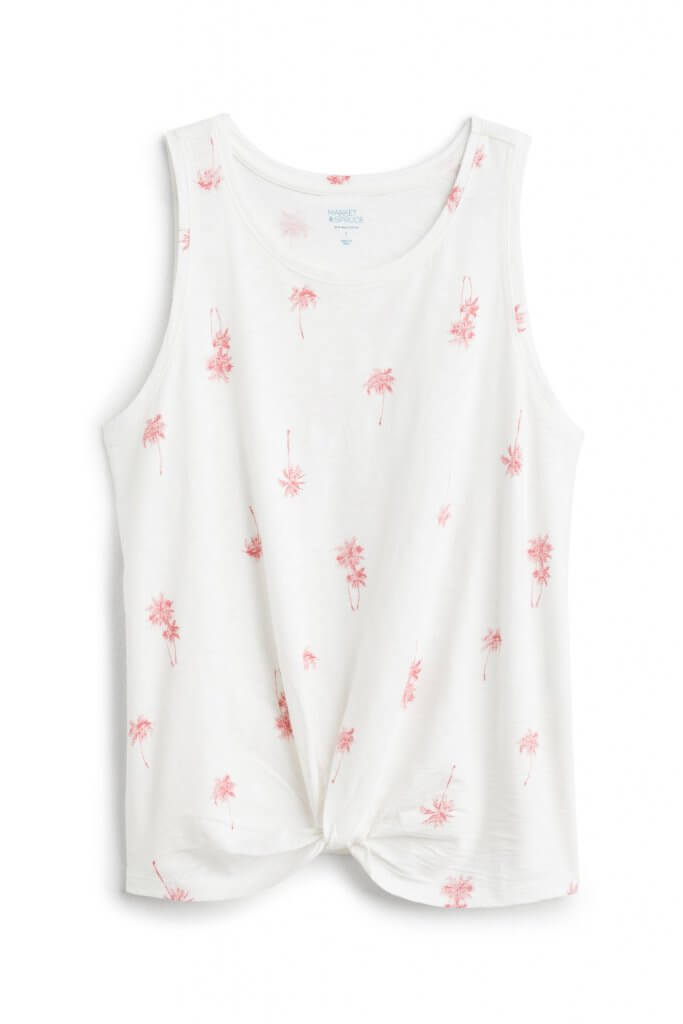
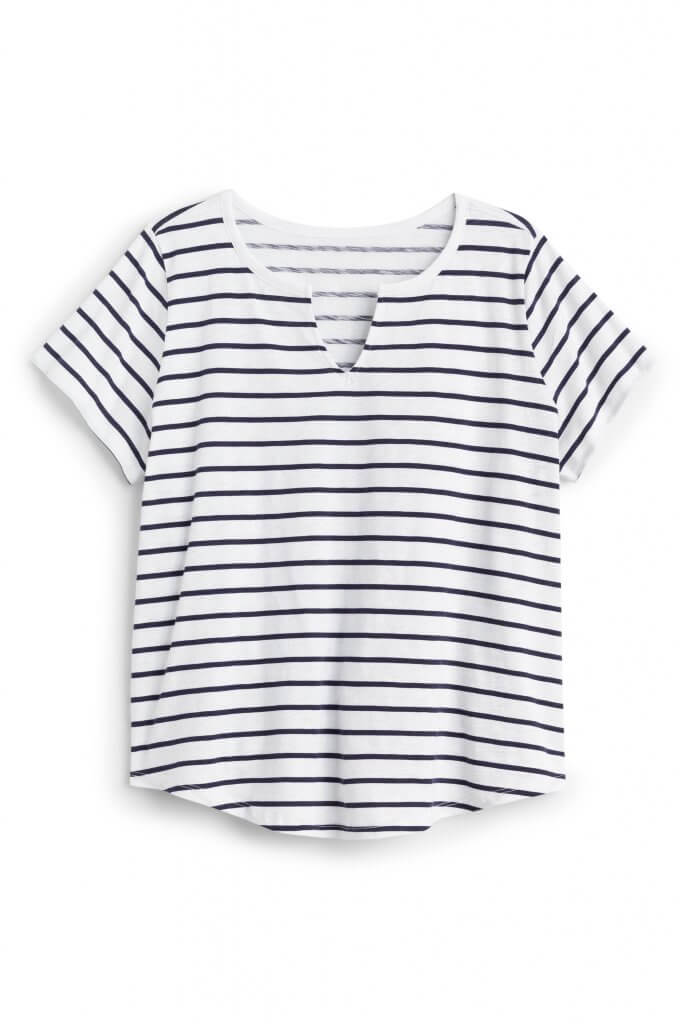
Pima Cotton
Let’s be honest. When you pictured the top luxury fabrics, cotton wasn’t at the top of your list, was it? It’s alright. We’re sure cotton will forgive you. In the words of style savior Jil Sander, “There can be luxury in simplicity.” Cotton’s reputation as a light, breathable and practical textile is well-known, but Pima cotton takes it to a whole new level. It is the highest quality cotton on earth. Unlike lower quality cottons, the fibers it comes from are long and silky. This makes Pima soft in the hand and wrinkle resistant. Its life expectancy is also 50% longer than other types of cotton. Have we won you over yet?
These features make Pima cotton the obvious choice for your closet classics. Looking for a quality and on-trend billowy bow blouse? Pima cotton will give you quality and elegance all in one. Make it a lifelong friend with a premium Pima cotton top in white.
Looking for a bit of luxury in your life? Good news. Premium linen, leather, silk, cashmere and Pima clothing options are all available at Stitch Fix. Start by taking your style quiz for a sumptuous style experience. Leave a note for your stylist to include these luxury fabrics in your next Fix and we’ll do the rest.

